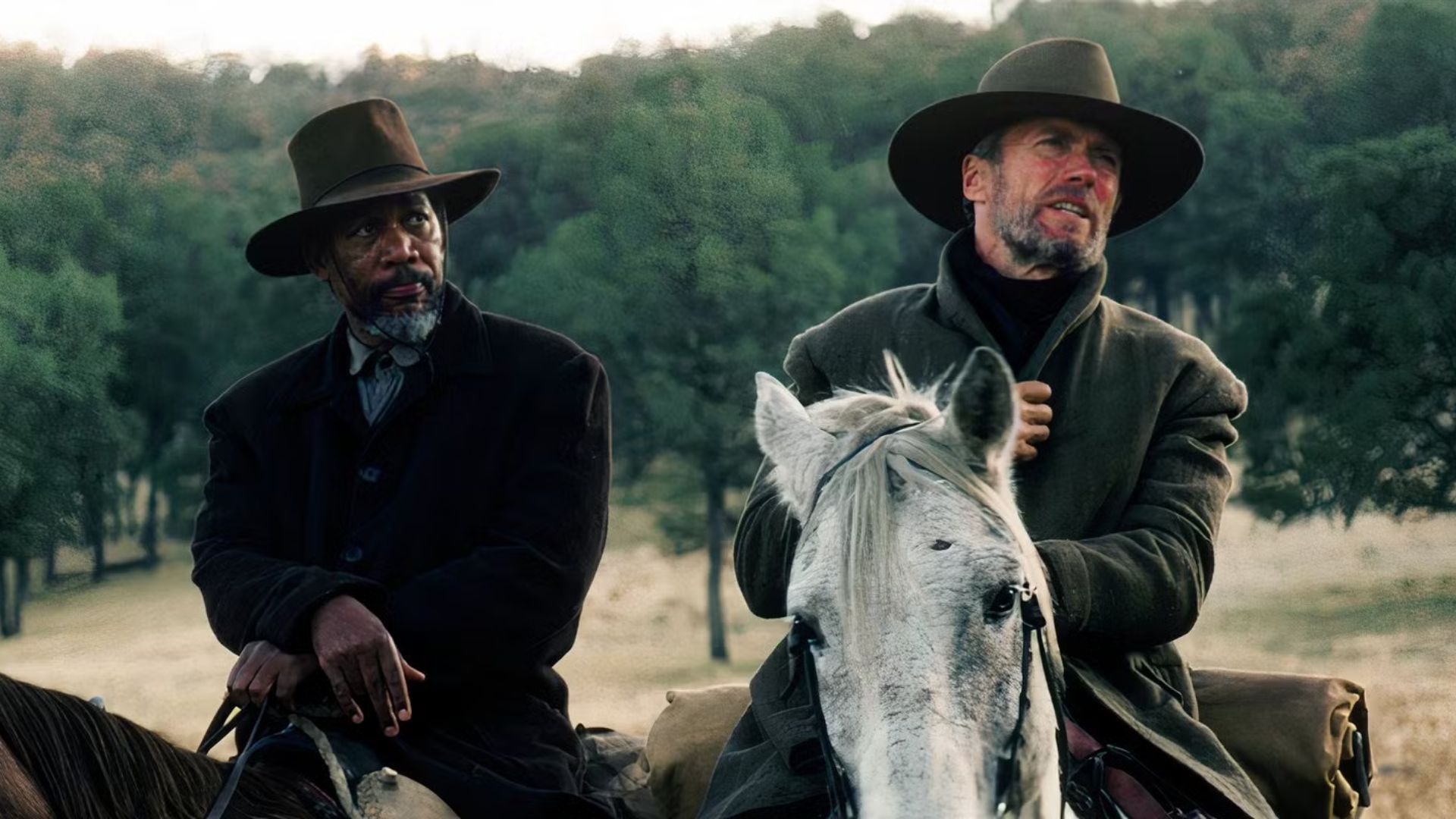
Traditional Westerns usually portrayed a clear battle between heroes and villains, often with unfair depictions of Native Americans. However, the best ‘revisionist Westerns’ challenge these old ideas, offering a more complex and morally gray view of the American West.
Classic Western heroes were typically portrayed as virtuous figures, but a new type of Western emerged in the 1970s. These “revisionist Westerns” often featured flawed protagonists – characters who were sometimes outlaws or even murderers – and wouldn’t fit the mold of traditional Western leads. This shift in storytelling became possible after the strict rules of the Hays Code were loosened, creating a more complex and realistic Western genre.
Uzana’s Raid (1972)
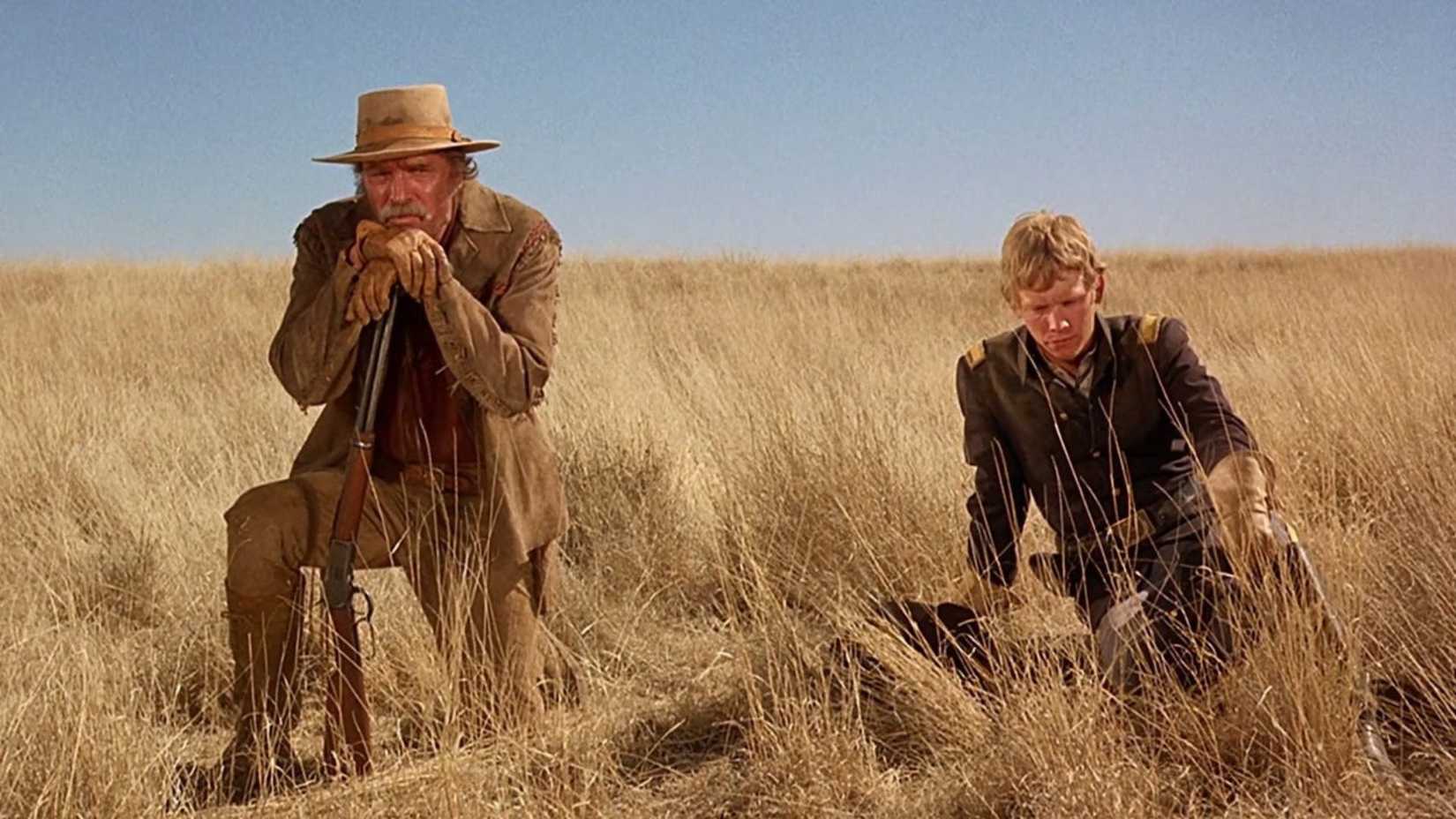
Though not as widely known as some revisionist Westerns, Ulzana’s Raid is a standout film that showcases how the Western genre evolved. It stars Burt Lancaster as a hardened Army scout leading a rookie officer and an Apache tracker on a mission to capture the Apache warrior Ulzana.
This Western, made during the Vietnam War, isn’t a traditional celebration of the Old West. Instead, it’s a film about the realities of war, showing how the idea of fighting with honor can fall apart when facing overwhelming challenges. It’s also a clear parallel to the conflicts that arise when outsiders fight native populations on their own land.
Traditional Western films often depicted settlers as heroes defending their territory from Native Americans, ignoring the fact that this land was originally taken from them. Revisionist Westerns, however, offered a more honest portrayal, acknowledging the moral gray areas and complexities of these conflicts.
McCabe & Mrs. Miller (1971)
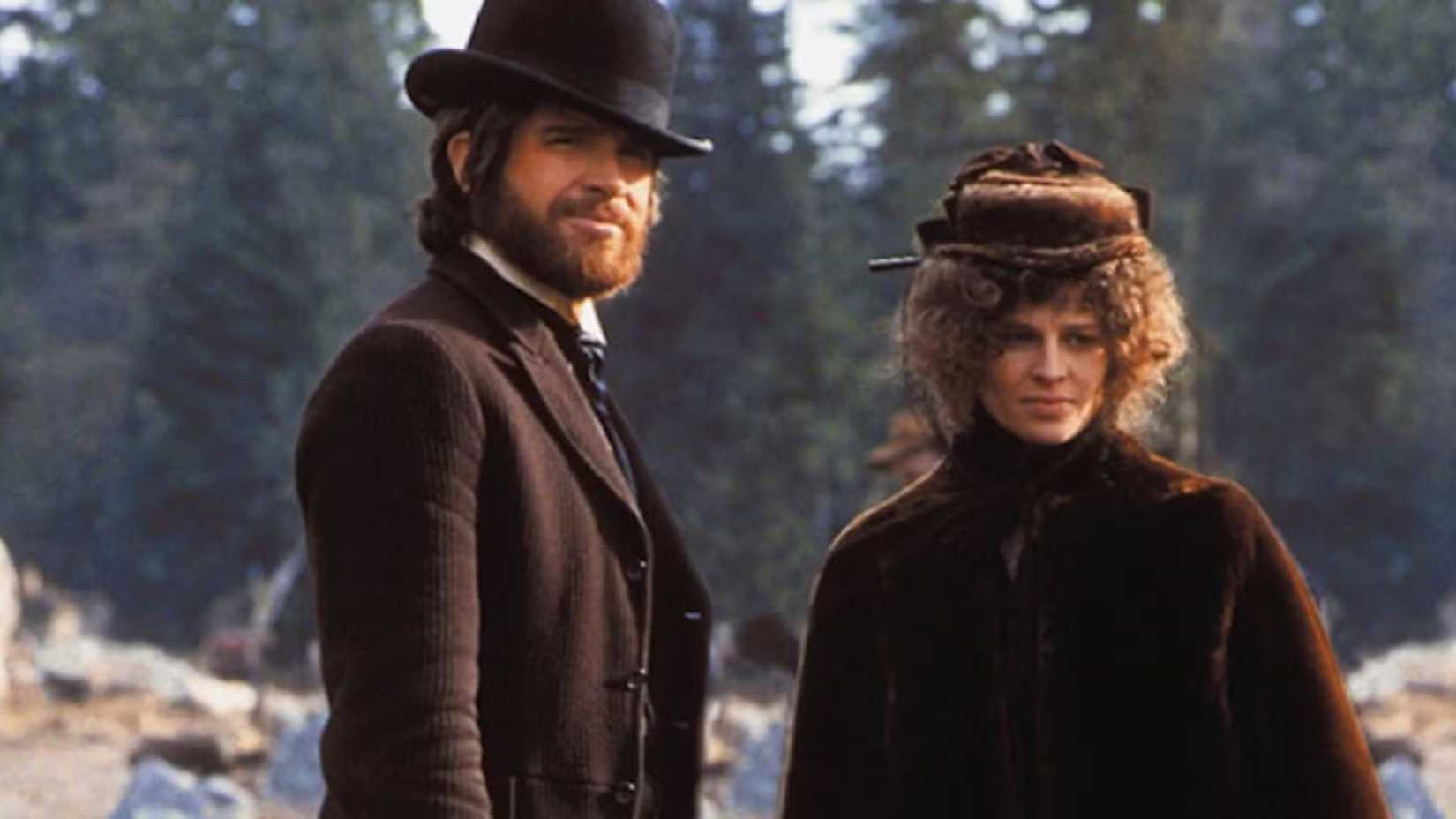
The film McCabe & Mrs. Miller features Warren Beatty as Jack McCabe, a gambler who comes to a small mining town and meets Julie Christie’s character, Mrs. Miller, who runs a brothel. Both characters are excellent examples of the more complex, realistic figures often seen in revisionist Westerns. McCabe is a risk-taker, while Mrs. Miller struggles with opium addiction.
This movie boasts a fantastic cast and is directed by the legendary Robert Altman. He brilliantly subverts traditional Western tropes – instead of a typical gunslinger hero, and a town driven by profit, the film offers a refreshing twist on the genre.
The film is unusual – almost the opposite of a traditional Western, yet it still works powerfully as one. It’s a bleak and emotionally difficult movie, deliberately defying typical Western tropes with its tragic ending. Instead of heroes, this Western town is filled with characters facing only death and hopelessness.
The Quick And The Dead (1995)
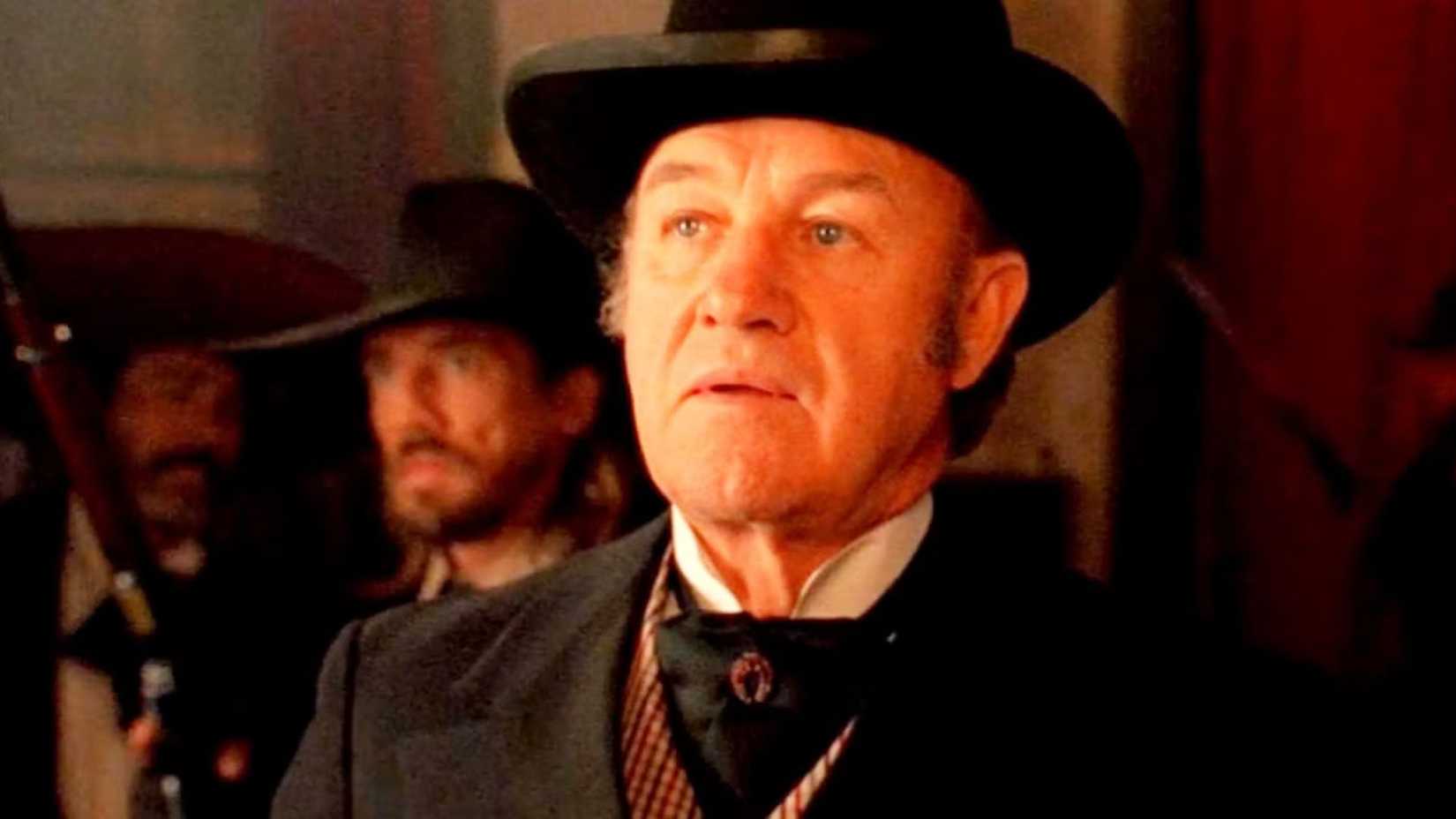
As a huge film buff, I always say Sam Raimi is so much more than just horror! One of his most overlooked movies, in my opinion, is when he tackled the Western genre. While he’s famous for stuff like Evil Dead – all the gore and slapstick – he really showed his range here. He brought that same dynamic, almost comic-book style he’s known for, but perfectly adapted it to a classic spaghetti Western feel. It’s a fantastic film and deserves way more attention.
Sam Raimi chose Sharon Stone to play the main role, breaking with the tradition of Westerns usually featuring male leads. Importantly, the character wasn’t masculinized; Ellen remains distinctly female while still being the quickest draw in the film, which subverts typical Western gender roles.
This film is a unique and welcome take on the Western, clearly made by someone who loves the genre. Though director Sam Raimi took a big risk trying to redefine it, and the movie didn’t succeed at the box office, it has since become a popular cult favorite.
The Assassination of Jesse James by the Coward Robert Ford (2007)
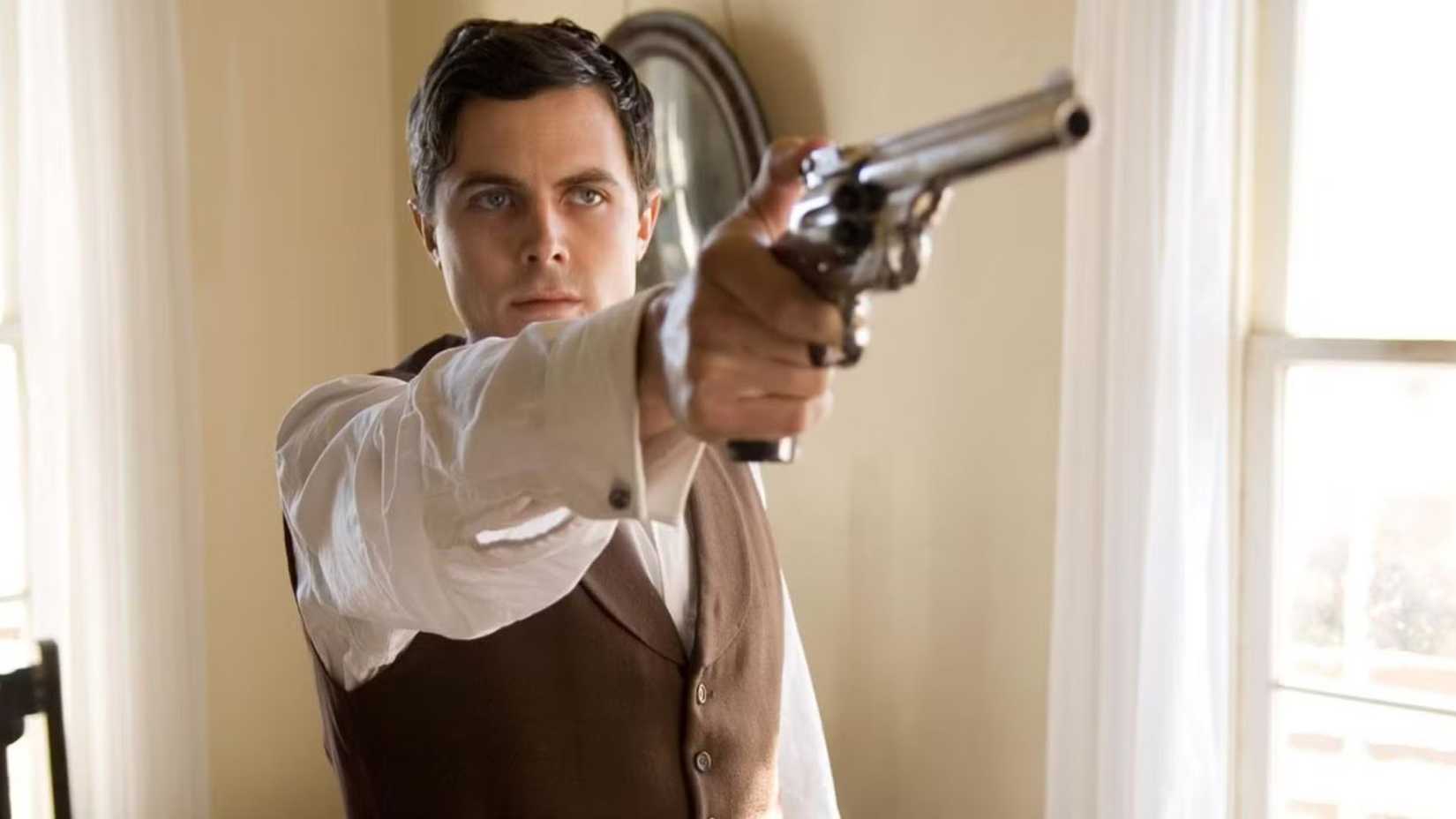
Andrew Dominik’s film, The Assassination of Jesse James by the Coward Robert Ford, is a prime example of a revisionist Western. It’s a thoughtful and deliberate story featuring Brad Pitt as Jesse James and Casey Affleck as Robert Ford.
Though technically a Western, this film feels more like an art piece. It’s a slow-paced movie that focuses on the psychological side of the Jesse James story rather than exciting action or dramatic events. Expect long, contemplative scenes of characters watching nature, which may test your patience.
Traditional Westerns focused on action and gun battles, but this film takes a different approach. It’s a somber story centered on a legendary outlaw and the people in his life, offering a thoughtful and unconventional take on the Old West – similar to the best revisionist Westerns.
The Wild Bunch (1969)
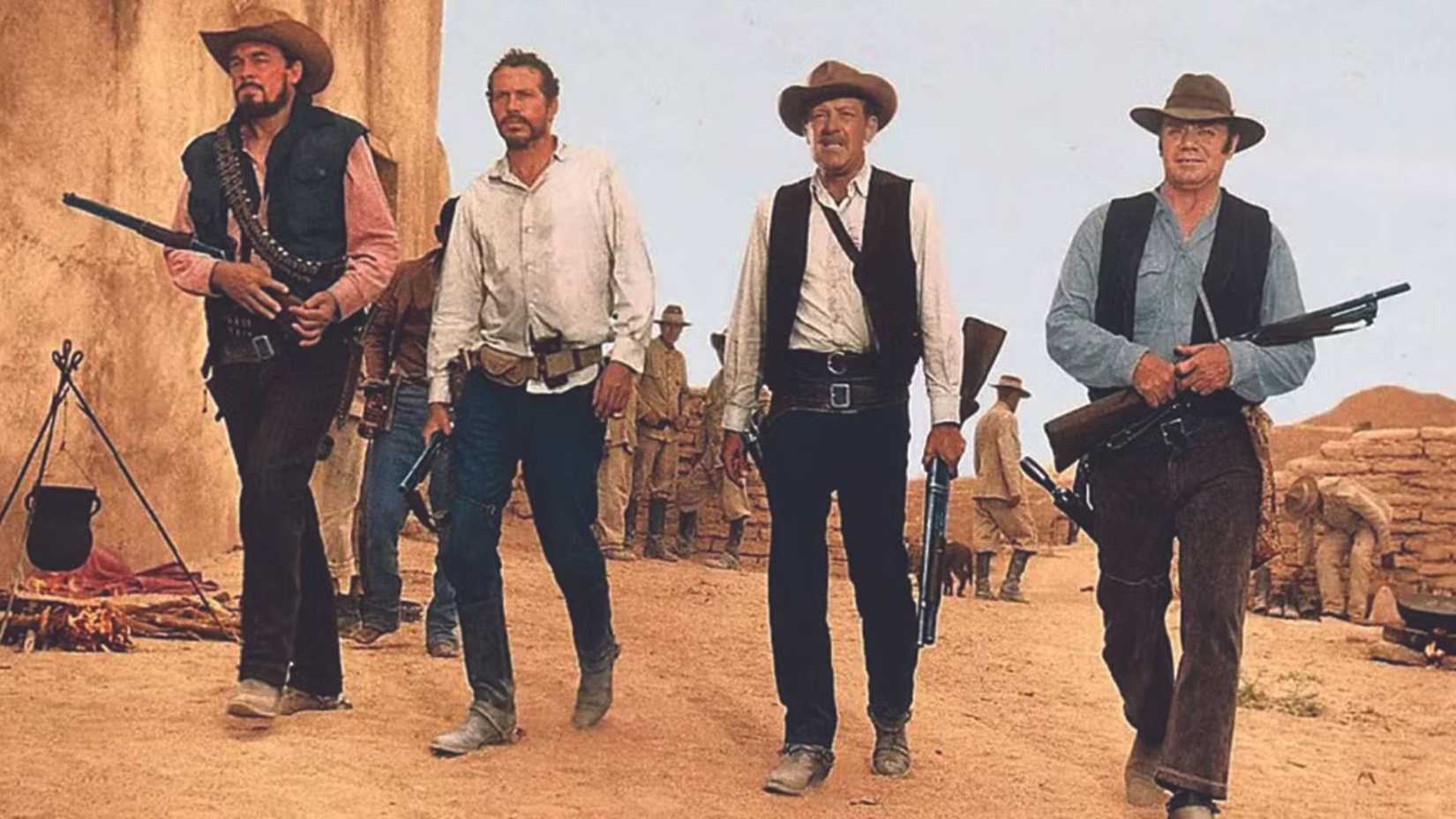
Released in 1969, Sam Peckinpah’s film is a sweeping Western that challenges traditional tropes, much like the more recent The Assassination of Jesse James by the Coward Robert Ford. Despite their different approaches, both films explore similar themes. Peckinpah’s movie presents classic Western gunfights with a distinct and artistic style.
Instead of showing gunfights as quick and straightforward, like many traditional Westerns, The Wild Bunch uses special effects like squibs, slow motion, and fast, multi-camera editing to emphasize how brutal they really are. This approach makes the violence disturbing and realistic, avoiding any sense of glamour and highlighting the messy, violent reality of killing.
The film demonstrates that the gunfights often depicted in Westerns aren’t simple contests between heroes and villains. From the very beginning, the movie shows widespread death – including the killing of innocent people – and portrays gunfighters not as heroic figures, but as ruthless killers.
Hang ‘Em High (1968)
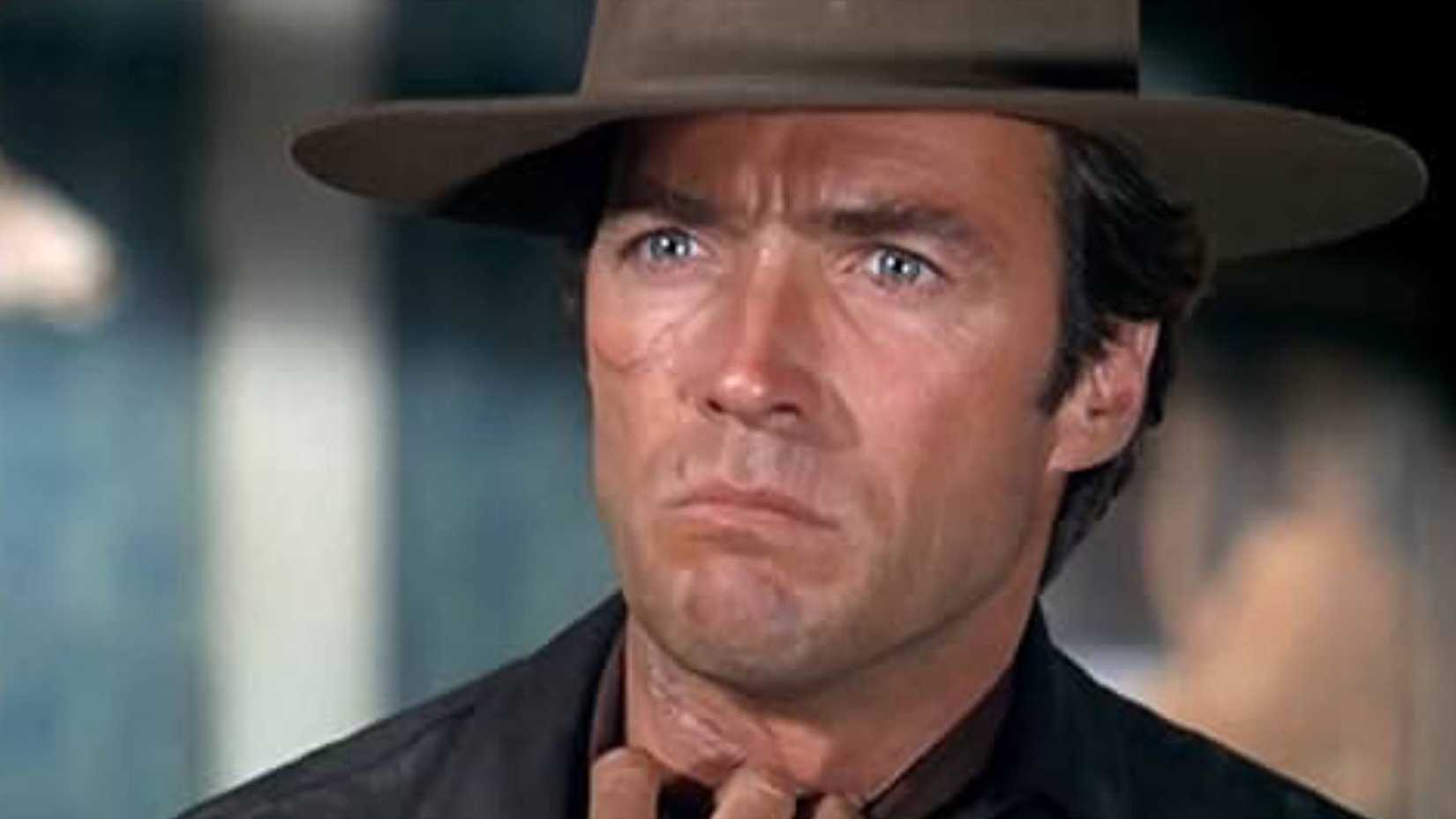
Hang ‘Em High starts with a surprisingly shocking scene for a Western. Right away, it makes clear that Clint Eastwood wasn’t aiming for a typical revenge story. Eastwood plays Jed Cooper, a former lawman who is wrongly accused of cattle theft and then lynched by a group of men.
A marshal rescues Jed, and a local judge convinces him to avoid revenge. Instead, the judge appoints Jed as a deputy, charging him with capturing the men who attacked him so they can be tried and punished by the court. Jed prefers to avoid violence and generally strives to do what’s right, only resorting to force when necessary.
What I really loved about this Western was the scenes between Jed and the judge. They had these incredible discussions about hanging criminals and what justice actually means. Even after someone is lynched, Jed doesn’t see things as simple black and white; he grapples with the idea of revenge and whether it’s truly just, seeing so much grey area. It’s a really thought-provoking element of the film.
Dances With Wolves (1990)
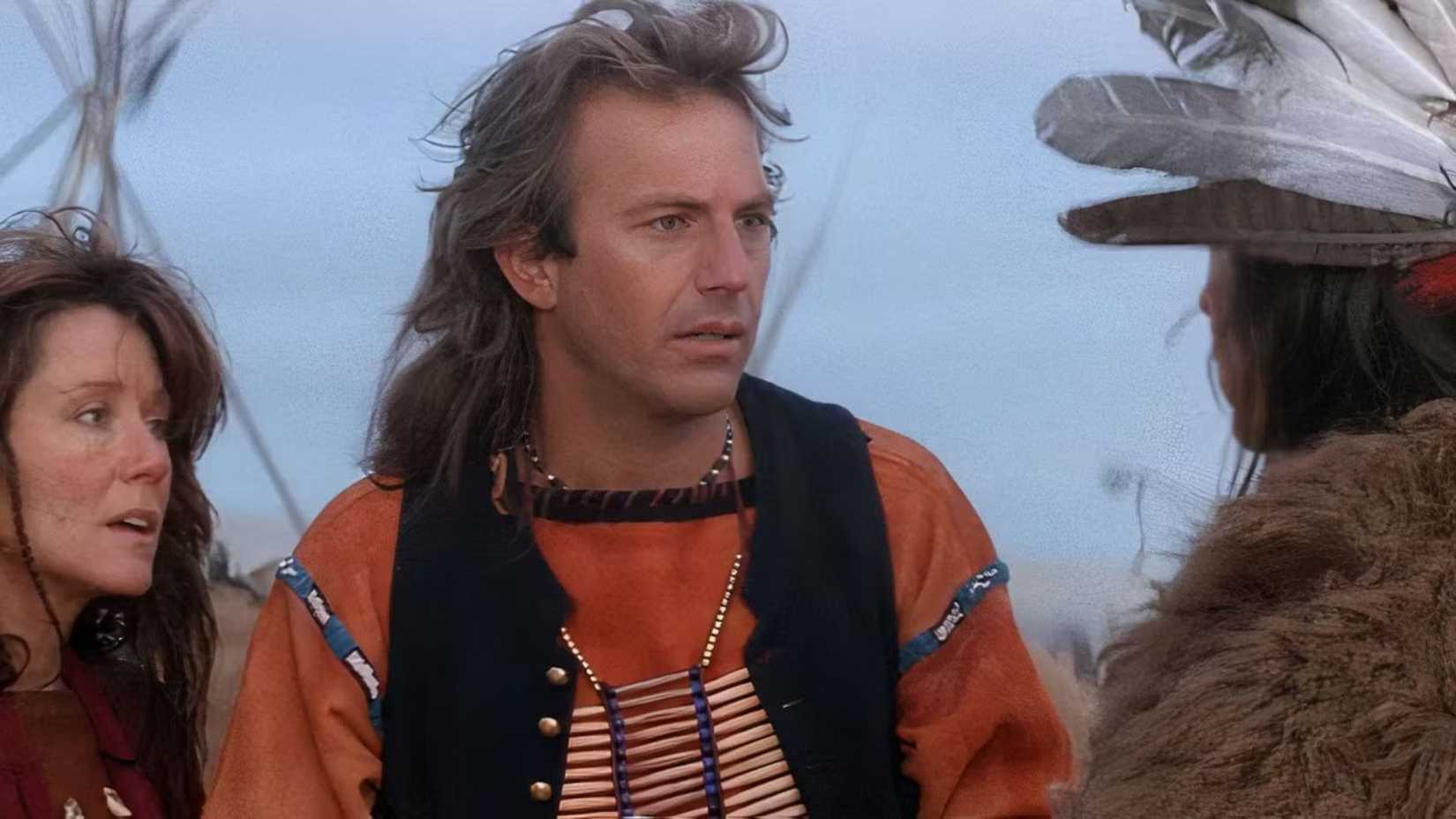
Kevin Costner became famous for starring in the movie Dances with Wolves, which offered a new take on the traditional Western. Older Westerns often showed Native American tribes as hostile and evil, but this wasn’t an accurate portrayal of history.
In Dances with Wolves, Kevin Costner stars as a Union officer during the Civil War who develops a strong bond and friendship with the Lakota Sioux. What sets this film apart from many traditional Westerns is that it tells the story from the Native American point of view, portraying them as honorable and courageous characters.
Costner, as the film’s director, insisted on using the Lakota language with subtitles, which helped showcase the tribe’s genuine culture. This movie represented Hollywood’s most significant effort to portray a more complex and accurate depiction of Native Americans in the Old West, compared to other Westerns that tried to revise history.
Django Unchained (2012)
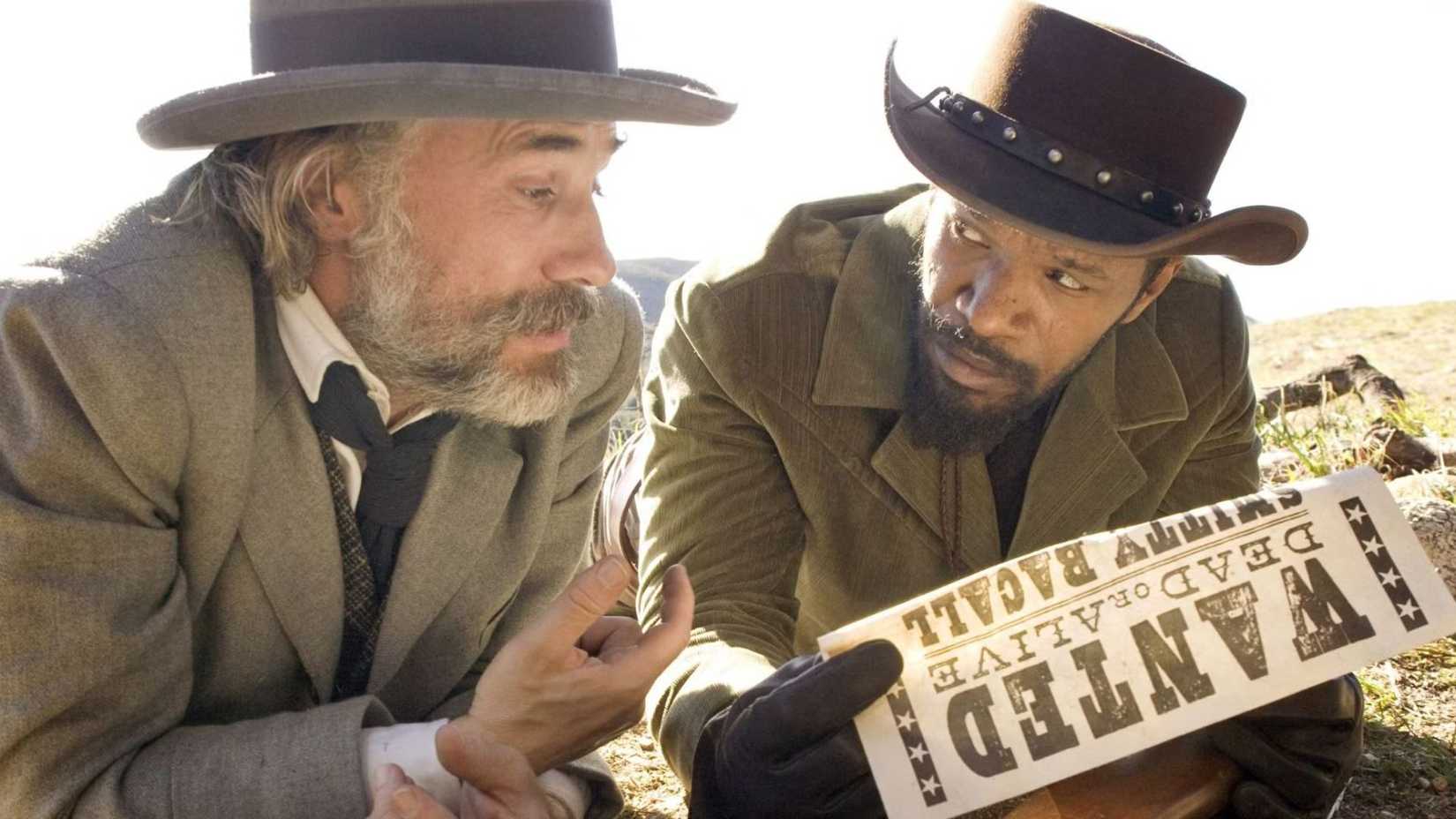
Quentin Tarantino isn’t known for sticking to typical movie formulas. He consistently puts his own spin on genres, as seen in films like the historical war film Inglourious Basterds, the crime thrillers Reservoir Dogs and Pulp Fiction, and his takes on Westerns with Django Unchained and The Hateful Eight.
Django Unchained is the standout film. It stars Christoph Waltz as King Schultz, a bounty hunter who partners with Django (Jamie Foxx), a formerly enslaved man. Their collaboration involves capturing wanted criminals, and in return, King promises to help Django find his wife, who is still held in slavery.
Tarantino’s fondness for spaghetti Westerns is evident in his work. He skillfully blends this genre with others – like blaxploitation, revenge thrillers, and dark humor – to create his signature style. The result is often a film that’s both darkly funny and extremely violent, but also remarkably well-made.
The Outlaw Josey Wales (1976)
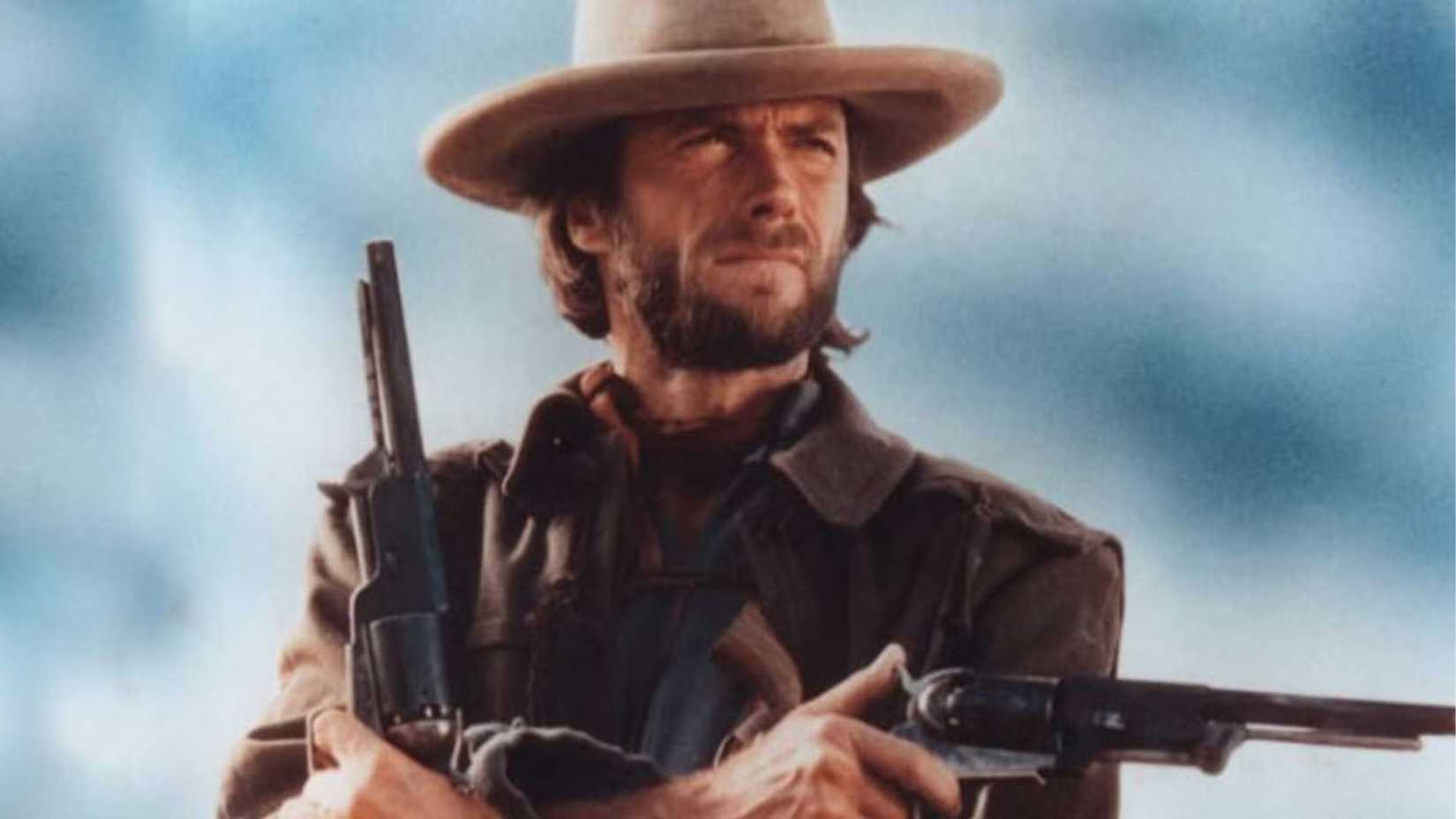
Clint Eastwood’s The Outlaw Josey Wales is similar to his other Westerns that reimagine the Old West. Like those films, Eastwood plays an outlaw who’s weary of frontier life and doesn’t buy into the idealized version of the West often seen in classic Westerns.
Josey Wales was a Confederate soldier who witnessed a terrible massacre of his comrades after they laid down their arms. Now, hardened by this experience and seeking survival, he’s a dangerous gunslinger driven by a desire for revenge after losing his family.
There’s a really striking scene in the film that perfectly encapsulates what makes Josey Wales such a fascinating, and frankly, flawed character. A bounty hunter tracks him down, and Josey’s reaction isn’t about righteous indignation, it’s brutally practical. When the bounty hunter explains he’s just trying to earn a living, Josey simply points out that getting killed isn’t exactly a sustainable life choice. It’s a small moment, but it really solidified for me that Josey isn’t a hero – he’s a survivor, and a cynical one at that.
Unforgiven (1992)
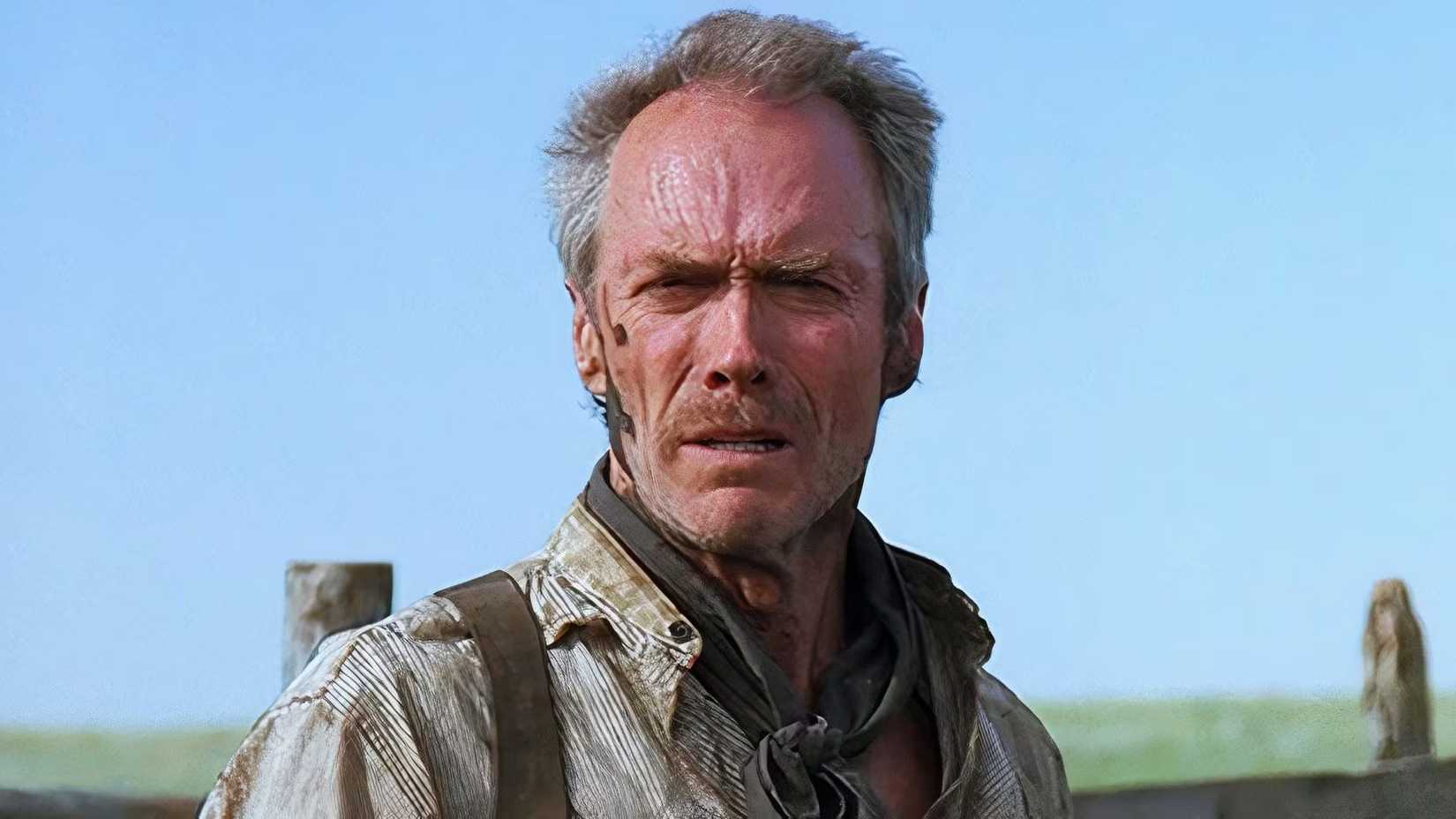
Many consider Clint Eastwood’s Unforgiven to be the greatest revisionist Western ever created. Eastwood both directed and starred in the film, playing Will Munny, an ex-outlaw trying to find peace after the loss of his wife. Unfortunately, circumstances prevented him from achieving that quiet life.
A young man, dreaming of a glamorous Old West, approached Will hoping to be taught the ways of an outlaw. But Will, aware that the romanticized image of the Old West was false, refused to help. Adding to the tension was the town sheriff, who strongly disapproved of outlaws and faced criticism for his stance.
I’ve always loved Westerns, but it’s fascinating how the genre changed. In the old days, a sheriff shooting a bad guy made him the hero, plain and simple. But then came these ‘revisionist Westerns’ where things got a lot more complicated. Clint Eastwood’s film is a perfect example – he plays Little Bill, a sheriff who shoots an outlaw, but instantly we see him as the villain. It’s like Eastwood deliberately set out to deconstruct the whole genre with this movie, almost as if he wanted to put a final stamp on it.
Read More
- Clash Royale Best Boss Bandit Champion decks
- Best Hero Card Decks in Clash Royale
- Clash Royale December 2025: Events, Challenges, Tournaments, and Rewards
- Clash Royale Witch Evolution best decks guide
- Best Arena 9 Decks in Clast Royale
- Brawl Stars December 2025 Brawl Talk: Two New Brawlers, Buffie, Vault, New Skins, Game Modes, and more
- Call of Duty Mobile: DMZ Recon Guide: Overview, How to Play, Progression, and more
- Clash of Clans Meltdown Mayhem December 2025 Event: Overview, Rewards, and more
- Cookie Run: Kingdom Beast Raid ‘Key to the Heart’ Guide and Tips
- Clash of Clans Clan Rush December 2025 Event: Overview, How to Play, Rewards, and more
2025-10-30 06:52